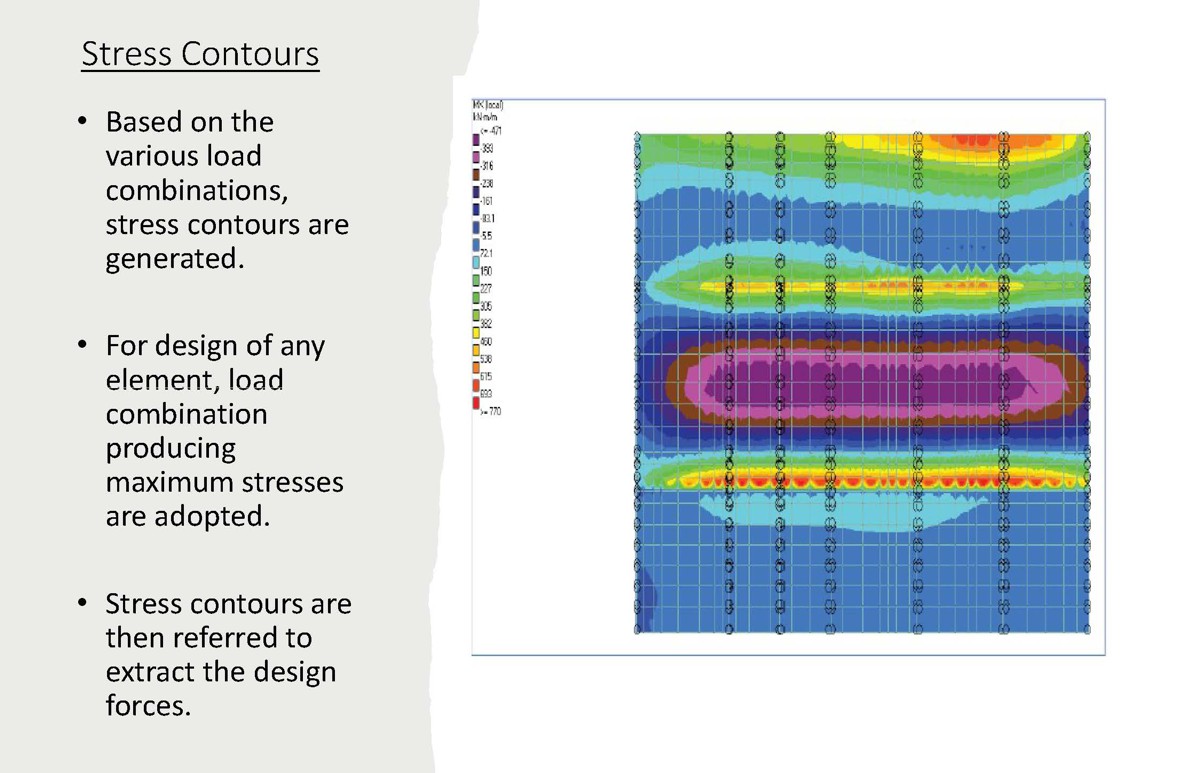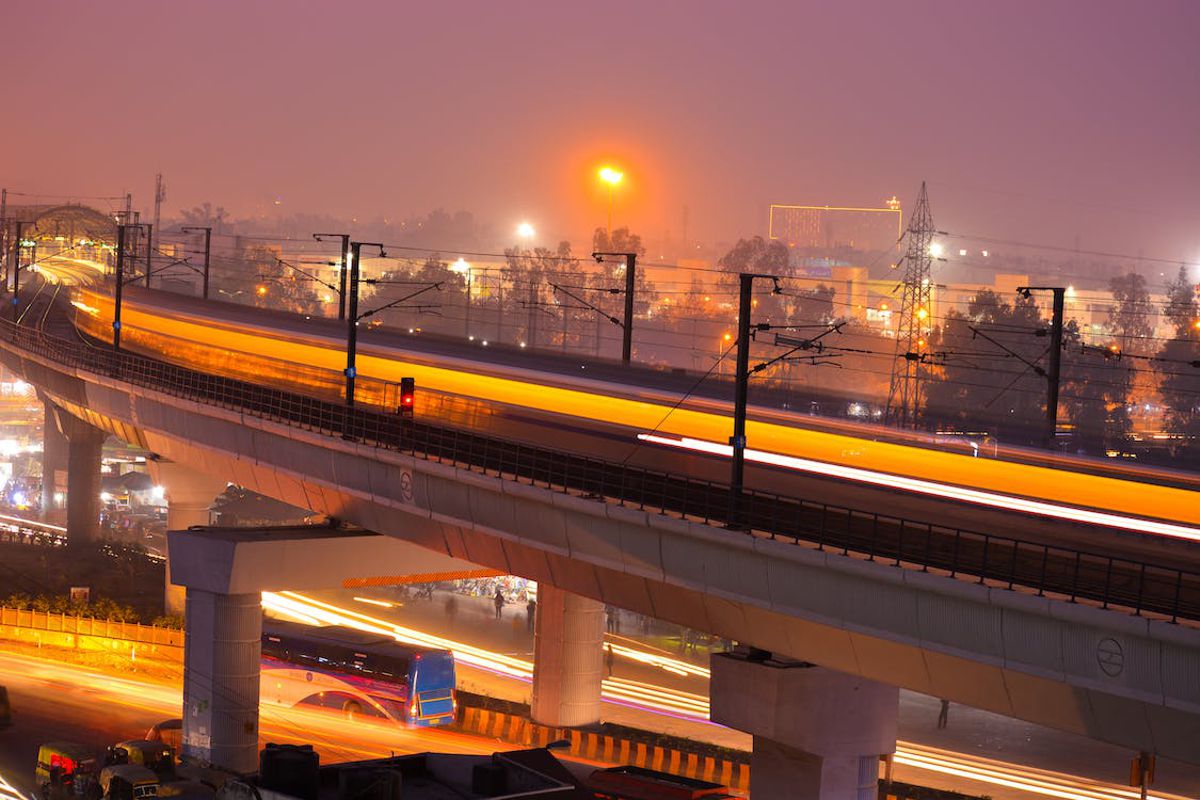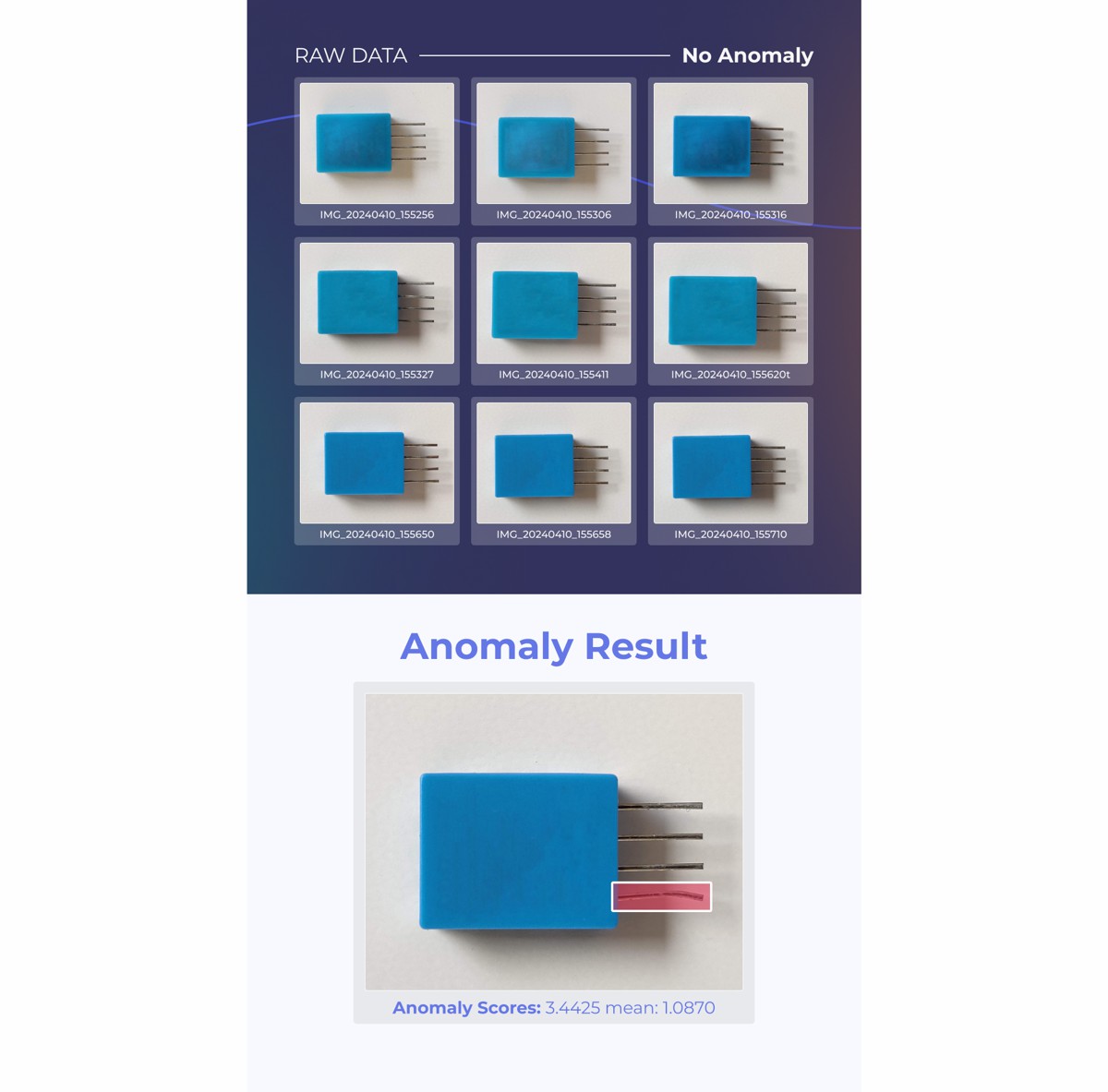Delhi Metro uses Digital Modelling to add 62km of Railway
India’s city of Delhi is actually made up of two cities. To the north is Old Delhi, the historic city, and the south is New Delhi, the capital of India since 1947. It is an important commercial, transport, and cultural hub for the entire country. It is also known for having some of the worst air quality in the world.
According to IQAir’s survey, as of June 2023, Delhi is the fourth-most polluted city in the world. This pollution is caused by the millions of vehicles traveling throughout the city each day, as well as by industrial emissions, construction work, and the burning of agricultural waste. The smog created by the poor air quality has grounded flights, delayed trains, and increased the winter temperature—but more shocking is the significant increase in lung-related ailments among the city’s inhabitants.
To help turn the tide, Delhi Metro Rail Corporation (DMRC) is working to expand its New Delhi metro system to make it more accessible to residents and tourists, providing a safe, efficient alternative to driving.
“The Delhi Metro has been instrumental in ushering in a new era of mass urban transportation in India,” said Viraj Gupta, senior deputy general manager of DMRC. “The swanky and modern metro system introduced comfortable, air conditioned, and eco-friendly services for the first time in India and completely revolutionized the mass transportation scenario not only in the National Capital Region, but the entire country.”
Looking to continue advancing their metro system, the INR 4.89 billion (about USD 59 million) Delhi Metro Phase 4 extension will add nearly 62 kilometres to the existing 390-kilometer metro, further minimizing roadway accidents and vehicular carbon emissions. “During this phase, every fourth metro station will become an interchange point,” Gupta explained. “Thus, commuters will find it easy to change trains and reach their destinations quickly instead of taking longer routes.”

Overcoming Various Engineering Challenges
A part of this project was the structural design and construction of twin bore tunnels and an underground station near Krishna Park. The project presented structural and geotechnical engineering challenges because it was in a densely populated urban area, which required DMRC to only work during certain hours to limit the impact that the noise would make on residents. Additionally, the alluvial soil conditions made tunnelling a difficult process. The soil had a high water table and settlement issues, along with old, dilapidated buildings located along the tunnelling route.
There were also the sewer lines to consider. “We needed to shift the sewer lines to a depth of 10 meters, as they were infringing on tunnel alignment,” explained Gupta. Therefore, the team needed software that could handle all the challenges of this project.
Using Digital Modelling to Streamline Workflows
After considering their options, DMRC chose STAAD and PLAXIS. They started by conducting a detailed building condition survey of the surrounding area and then strengthening any structures that were found to need it. Leveraging PLAXIS and STAAD, the project team modelled and analysed the soil, and building and tunnel structures, monitoring and simulating structural loads and excavation works.
“Using STAAD helped us optimize sectional properties of all structural elements, thereby reducing the overall quantity used,” said Gupta. “Our engineers could choose the most cost-effective options.”
BIM applications streamlined workflows, facilitating clash detection and enabling real-time model modifications prior to work on site. “We closely monitored deflection, settlement, and movement at several locations throughout the project duration,” explained Gupta. “Because we had clearly defined the construction methodology, along with the availability of an extensive geotechnical and geophysical reports [with Bentley applications], we did not encounter any unusual or abnormal situations that could have required changes in the design or construction methodology.”
Additionally, because STAAD complies with all design codes for various materials, the team could design any kind of structure and receive all the necessary data. “The synchronized model data can be shared with the whole design team,” said Gupta. “It guarantees the timely and cost-effective execution of designs and constructions made of steel, concrete, timber, aluminium, and cold-formed steel—regardless of their complexity.”

Developing a Beautiful, Environmentally Friendly Transportation Option
By using Bentley applications, DMRC saved 1,000 resource hours and associated costs. Through collaborative digital modelling and analysis, the team optimized structural design, reducing concrete material quantities by approximately 1,500 cubic meters and steel reinforcements by 250 metric tons.
“STAAD in particular helped save time and increase efficiency because it did not comprise any manual calculation,” said Gupta. “With the software, we streamlined workflows and eliminated possible errors.”
This new section of the Delhi metro system is providing an environmentally conscious option of transportation throughout the city. “Road accidents in Delhi have decreased dramatically after the introduction of the metro system,” said Gupta. “This is likely because the Delhi Metro has become the primary mode of public transportation, carrying 2.28 million commuters daily. This corridor will connect the different parts of the city, thereby reducing the number of vehicles on the road and helping in reducing pollution.”
The team at DMRC also wanted the stations themselves to be easy to navigate, using the software to help maximize space while minimizing obstructions. They have an automatic fare collection system so that customers can buy, reload, and use smart cards to enter and exit.
They also wanted the space to be beautiful. “The Krishna Park station will be decorated with artwork and images that highlight the rich history, culture, flora, and biodiversity of this neighbourhood,” said Gupta. “By linking it to the rest of the city, this station will be of great assistance to those who live in the nearby inner areas.”
With the help of Bentley applications, the team is on track to complete the twin bore tunnels and an underground station near Krishna Park by the start of 2024, with the rest of the phase estimated to be completed by September 2025.

Working to Combat Greenhouse Gas Emissions
Because of their work to help with the air quality issue in Delhi, DMRC has been certified by the United Nations as the world’s first metro rail and rail-based system to receive carbon credits for reducing greenhouse gas emissions.
“The Delhi Metro, which is regarded as cutting edge in terms of technology, not only saves time but also money and energy,” said Gupta.
The best part? So far, it has helped to reduce pollution levels in the city by 6.3 million tons per year, helping reduce of global climate change.
“Having constructed a massive network of about 390 kilometres with 286 stations in record time in Delhi,” said Gupta, “DMRC stands out as a shining example of how a mammoth technically complex infrastructure project can be completed ahead of deadlines and within budgeted cost by a government agency.”
Helping their city residents breathe a little easier is something that everyone can agree is a wonderful idea.















